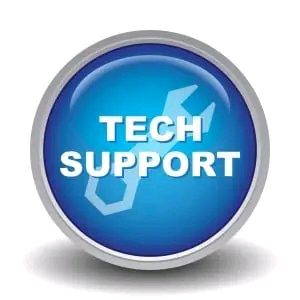The Transformative Impact of 5G on IoT

In an era defined by rapid technological advancement, the convergence of 5G (fifth-generation) wireless networks and the Internet of Things (IoT) has emerged as a pivotal turning point.
This amalgamation holds the potential to revolutionize industries, enhance user experiences, and fundamentally alter the way devices communicate and interact with each other.
The union of these two innovations is set to reshape our world, unlocking unprecedented opportunities for connectivity, automation, and data exchange.
The Synergy Unleashed
Powering Connectivity at Unprecedented Speeds
At its core, 5G is all about speed. With data transfer rates of up to 100 times faster than 4G networks, 5G enables near-instantaneous communication.
This remarkable speed is a game-changer for IoT, as devices can now exchange data in real-time, leading to enhanced responsiveness and reduced latency.
From smart homes and autonomous vehicles to industrial automation and healthcare, the speed of 5G propels IoT into a new realm of possibilities.
Massive Device Capacity
Another significant advantage of 5G lies in its ability to connect a massive number of devices simultaneously.
While 4G networks struggled with dense device deployments, 5G’s infrastructure accommodates the proliferation of IoT devices seamlessly.
This scalability ensures that IoT implementations can scale up to include thousands or even millions of interconnected devices, paving the way for comprehensive smart city initiatives and intricate industrial automation setups.
Ultra-Reliability and Low Latency Communication (URLLC)
The reliability and low latency offered by 5G are pivotal for critical applications in the realm of IoT.
Industries such as healthcare and manufacturing can leverage 5G’s ultra-reliable and low-latency communication capabilities to enable remote surgeries, real-time monitoring of machinery, and instantaneous decision-making.
The reduction in communication delays also enhances the performance of applications that demand split-second responses, like autonomous vehicles and augmented reality experiences.
Unlocking New Applications
5G’s enhanced capabilities open doors to novel applications that were previously impractical.
For instance, the combination of high-speed connectivity and low latency could revolutionize remote education by enabling immersive virtual classrooms.
In agriculture, precision farming could be taken to new heights with real-time monitoring and automated equipment driven by 5G-connected sensors.
Similarly, smart cities could evolve with intelligent infrastructure that responds instantly to data-driven insights.
FAQs
How does 5G enhance IoT experiences?
5G’s faster data transfer speeds and reduced latency enable real-time communication between devices, resulting in quicker response times and a seamless user experience in IoT applications.
What industries benefit the most from the convergence of 5G and IoT?
Industries such as healthcare, manufacturing, transportation, agriculture, and smart cities stand to benefit significantly from the synergy between 5G and IoT due to improved connectivity, scalability, and low latency.
Will 5G replace Wi-Fi for IoT devices?
While 5G offers advantages like broader coverage and increased device capacity, Wi-Fi will still play a crucial role in indoor settings and localized networks. The choice between 5G and Wi-Fi depends on factors like range, data requirements, and cost.
Are there any challenges associated with 5G-enabled IoT adoption?
Yes, challenges include initial infrastructure investments, potential security vulnerabilities, and concerns over the complexity of managing large-scale IoT deployments. However, ongoing advancements are addressing these issues to facilitate widespread adoption.





